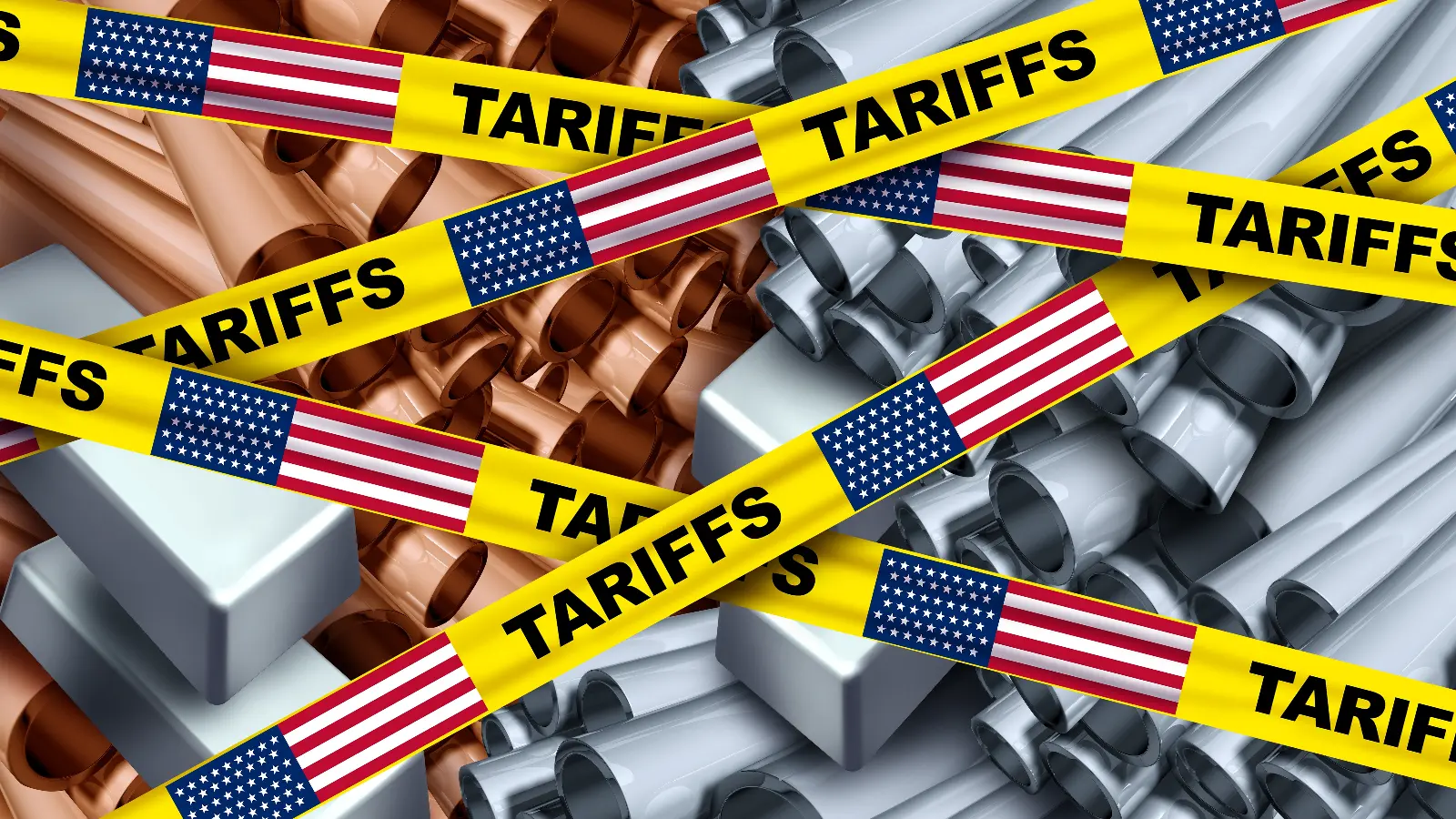Upstox Originals
The Art of the Deal: 6 ideas from his 1987 book that explain Trump’s tariffs

6 min read | Updated on August 01, 2025, 18:00 IST
SUMMARY
The trade turmoil of 2025 isn’t just about tariffs, but also about the constant flip-flopping that’s rattling markets. And at the center of it all stands President Trump, calling the shots. To decode the puzzle, we dug into Trump’s 1987 book The Art of the Deal. Spoiler alert: It explains a lot.

Does The Art of the Deal help understand how President Trump thinks and approaches situations?
President Trump’s recent decision to impose 25% tariffs plus penalties on India has caught many by surprise. Post the original Liberation Day announcement in April 2025, the President subsequently announced an extension till August 1. Since then, multiple rounds of negotiations have taken place. The President himself had touted the pace of this negotiation and hinted that a deal with India was imminent. So, financial markets and most experts were expecting a deal, not new rounds of tariffs.
President Trump’s flip-flops regarding tariffs have been a major source of global trade uncertainty, also adversely impacting financial markets. This makes one wonder just what is going on and what the President is actually thinking.
The point of this article is not to make political comments, but rather to try and make sense of the way President Trump thinks. Hence, we tried to look for clues in his 1987 book, ‘The Art of the Deal’, to understand his approach.
Let’s dive in.
This somewhat explains what is going on with India right now. Both countries have been engaged in negotiations since Liberation Day. As per news outlets, India’s refusal to cede ground on certain areas like agricultural tariffs has been a bone of contention. While both sides speak about making headway and that a deal is imminent, it has not yet fructified.
With no deal even as of August 1, it is possible that the President decided to ratchet up the pressure and keep pushing by announcing the new set of tariffs. The hope, India would concede to the larger demands, and both countries could then move to a more reasonable tariff percentage (if one exists).
Besides that, one may also argue that the President has imposed a higher tariff in the hopes of reaching a settlement and finding a middle ground or ‘something he is after’.
While not exactly an original thought, the President could decide to leverage America’s global strength to extract a deal. For India, America is the largest export market. Sectors like jewellery, textiles, auto components, and electronics rely on a steady relationship with the American economy. For America, though, India is not even in the list of the top 10 export partners.
Take textiles, for example. The President is well aware that India competes with markets like Bangladesh, which can provide even cheaper goods for American consumers. Even with electronics, America is one of India’s largest markets.
While India has definitely diversified its export base, America still plays a vital role, and it won't be easy for India to find a substantial player very quickly. This could hurt local businesses in the short term.
From an American perspective, most goods that come from India are fairly commoditised. Whether it's iPhones produced in India or China, or textiles from India or Bangladesh, most American consumers might not be able to distinguish, and therefore be more price sensitive than India would like.
Unfortunately, this means that America has leverage.
These indicate a very strong confirmation bias. The idea that one is always right and to look out for data that confirms one’s view is likely to make it difficult for advisors to weigh in, even if they have a contradictory view.
For those who have observed Trump, this will not really come as a surprise. He generally believes that his opinion is correct and that he understands things better than most professionals across various fields. Despite multiple opinions against tariffs, it is likely that he seeks opinions that conform to his point of view and moves in a direction that he believes is the best way to overcome America’s trade challenges.
With very few major deals signed, is it possible that Trump was worried about looking weak? Announcing global tariffs could be the President’s way of indicating that, regardless of any short-term domestic consequences, he is willing to push forward.
The larger point here is that most of the recent announcements could be a negotiating tactic to look strong at home and maintain an image. On a more optimistic note, it is also possible that even if he can get a small ‘pound of flesh’ from other countries, he is likely to claim some sort of victory and revert to normalcy.
News watchers will agree that the President is facing multiple challenges back at home, some of which are denting his popularity. So, a show of strength and a change of subject could definitely divert attention from other matters and bring it back to America’s trade deficit, a point Americans agree needs some correction, and have hopes from the President to rectify.
So, what does all this mean for India, for the markets, and finally for the investors? In the short term, brace for volatility seems to be one key implication for all of us. Regardless of global geopolitics, India Inc’s earnings in the past few quarters have been modest. If the tariffs persist, GDP growth is likely to be adversely affected, and so investors must therefore exercise caution.
On a more optimistic note, despite some slowdown, the overall economy remains strong, the government is taking steps to mitigate the impact of the tariffs, and India still remains a globally lucrative investment destination. I would also be amiss not to mention the resilience of the DIIs and individual investors, whose recent support has been unwavering. And finally, if the above hypothesis is correct, the President is just looking for a win, and normalcy might return sooner than later.
By signing up you agree to Upstox’s Terms & Conditions
About The Author
Next Story
